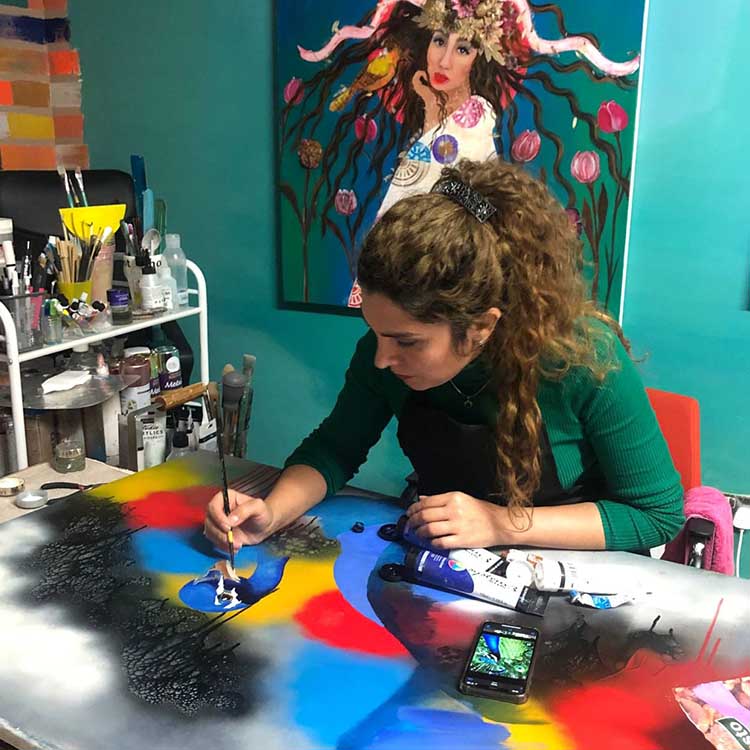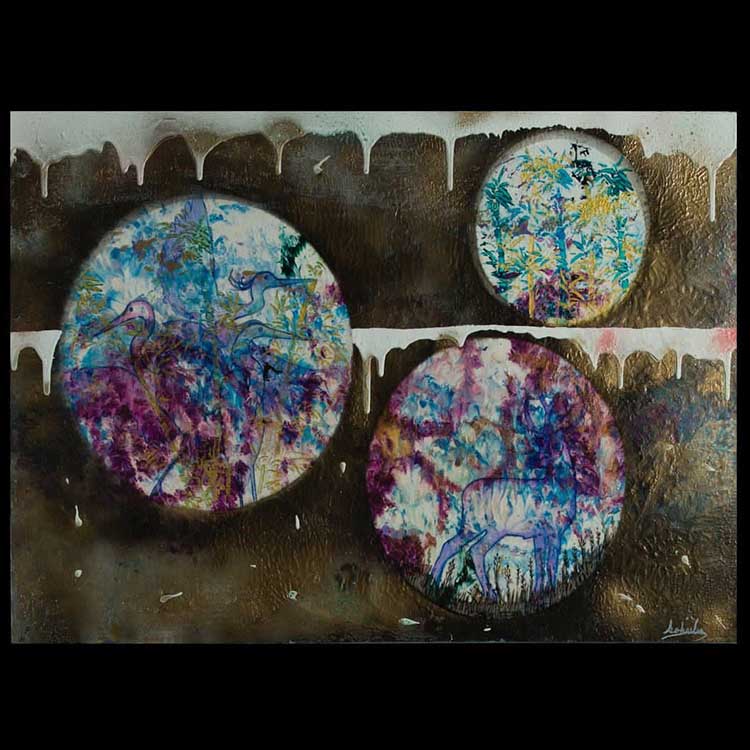In this article, we want to talk about What is the purpose of abstract art? . Join us
The main purpose of abstraction in art is not to tell a story, but to encourage involvement and imagination.
This art form has as its main objective to provide viewers with an intangible and emotional experience, being completely different for each individual, depending on their personality and mood.
Western art was, from the Renaissance until the mid-19th century, supported by the logic of perspective and an attempt to reproduce visible reality.
At the end of the 19th century, many artists felt the need to create a type of art that encompassed the fundamental changes in technology, science and philosophy, they were against formal teachings and started to create art that did not necessarily refer to objects in the real world.

The sources from which individual artists drew their theoretical arguments were diverse and reflected social and intellectual concerns in all areas of Western culture at the time.
The approaches found in abstract painting span many movements, including German expressionism, fauvism, cubism and abstract expressionism.
Emphasizing the formal qualities of a work of art on the representational subject, abstract artists experimented with new techniques, such as the use of vivid and arbitrary colors, the reconstruction of shapes and the rejection of the realistic three-dimensional perspective.
Abstract art did not flourish between world wars I and II.
Afflicted by totalitarian politics and art movements that renewed emphasis on images, such as surrealism and socially critical realism, she received little attention.
But, after World War II, an energetic American school of abstract painting, called Abstract Expressionism, emerged and had wide influence. Since the 1950s, abstract art has been an accepted and widely practiced approach in European and American painting and sculpture.




